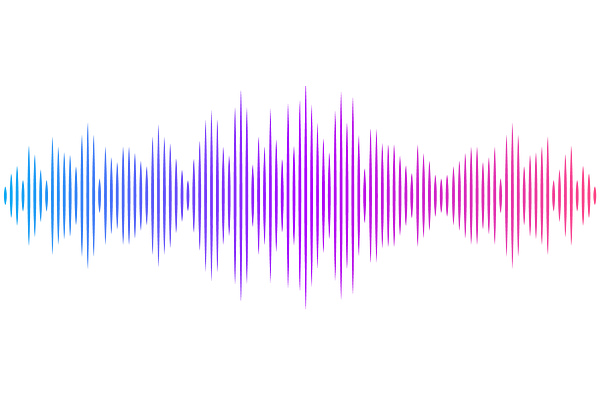Integrable-to-Thermalizing Crossover in Non-Equilibrium Superconductors

Integrable-to-Thermalizing Crossover in Non-Equilibrium Superconductors
Andrey Grankin, Victor Galitski
AbstractMotivated by the experiment by M. Budden {\em et al.} [Nature Physics {\bf 17}, 611 (2021)], who observed signatures of long-lived photo-induced superconductivity, we develop an accurate analytical/computational approach to non-equilibrium superconductivity following a quench. We consider the BCS-Holstein model, which includes both integrable local electron-electron interactions and integrability-breaking electron-phonon coupling. We develop Keldysh-Eliashberg theory on the Kadanoff-Baym contour, which enables us to describe non-equilibrium dynamics of the superconductor. We consider a quench in interactions, which results in a dynamic transition from the initial superconducting state to a normal thermal state in the end of the evolution. It is shown that the dynamics contain two stages: The early-time integrable behavior, involving coherent oscillations of the superconducting order parameter, crosses over to the late-time ergodic dynamics exhibiting a thermal decay into an equilibrium state. In the former regime, our computational approach both reproduces exact analytical results on the integrable dynamics of the order parameter and generalizes those to the case of an initial thermal state. The method also succeeds for the first time in describing both integrable-to-thermalizing crossover and the late-time thermal decay, which is shown to be consistent with the time-dependent Ginzburg-Landau theory (with the exponential decay time dependent on the density of quasiparticle excitations). We observe the electron distribution function approaching the Fermi-Dirac thermal distribution at final stages. The details of two-time non-equilibrium dynamics depend on the density of quasiparticles in the initial state and the integrability-breaking parameters, which under certain conditions may result in a long-lived transient superconductivity consistent with experiment.